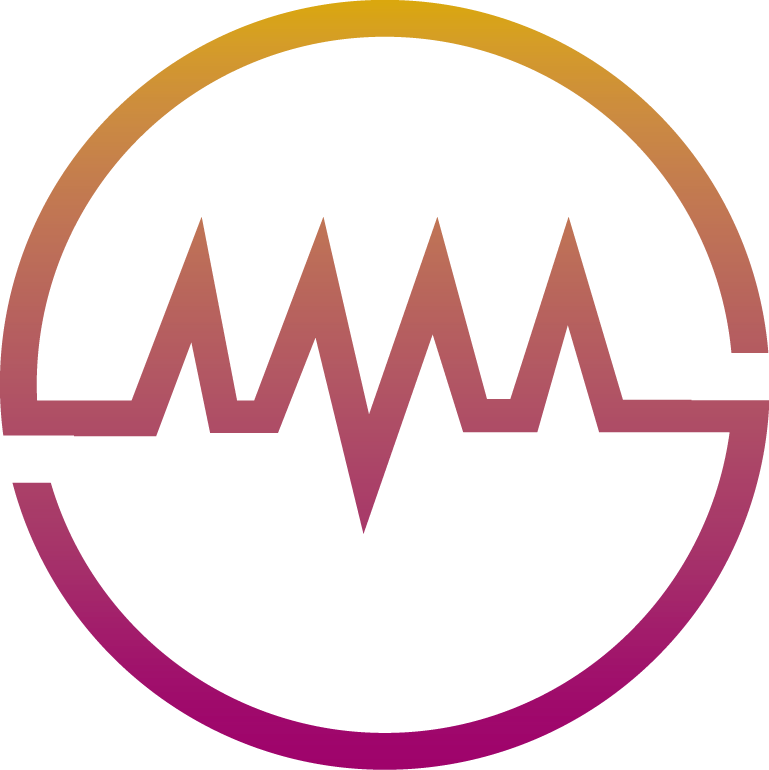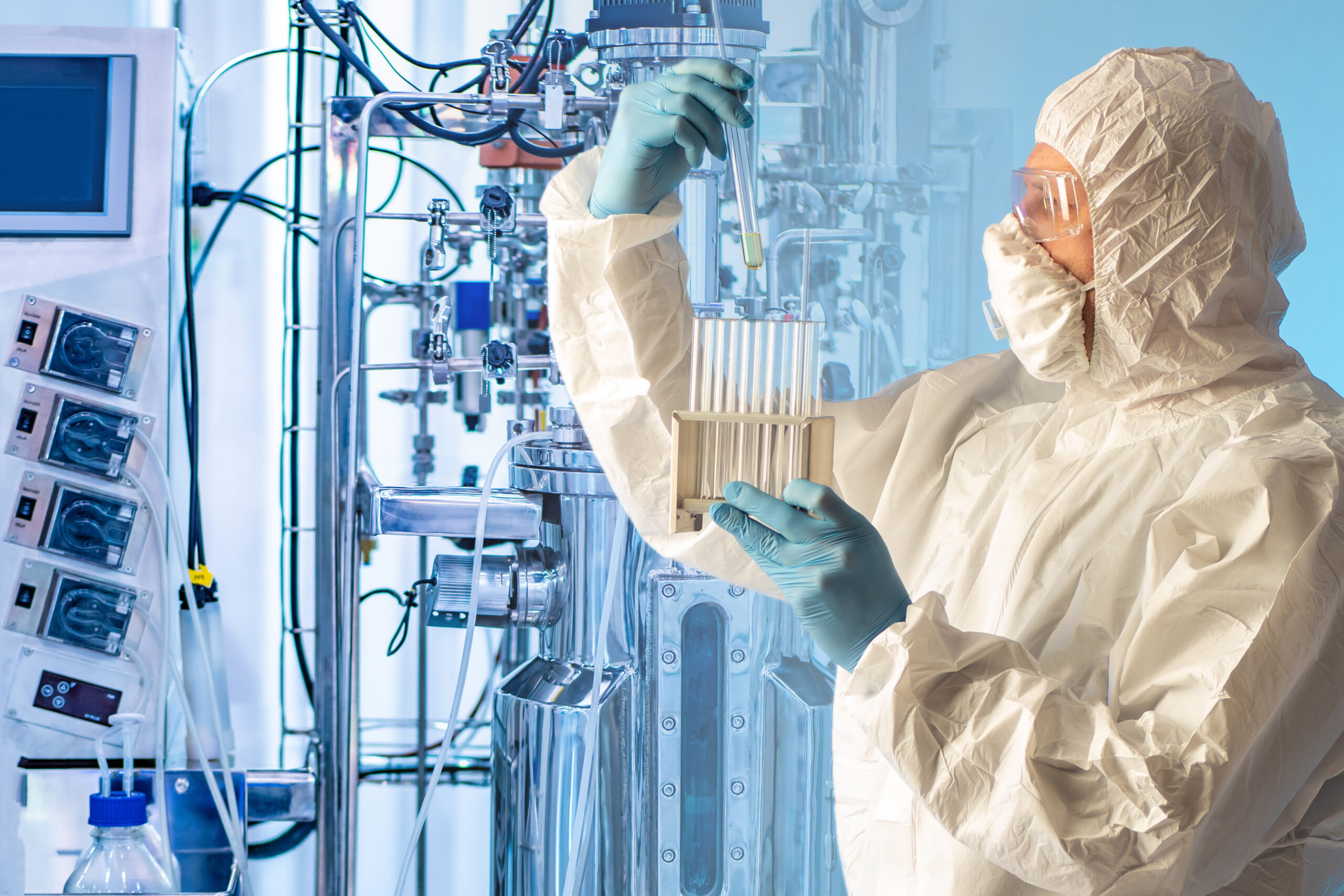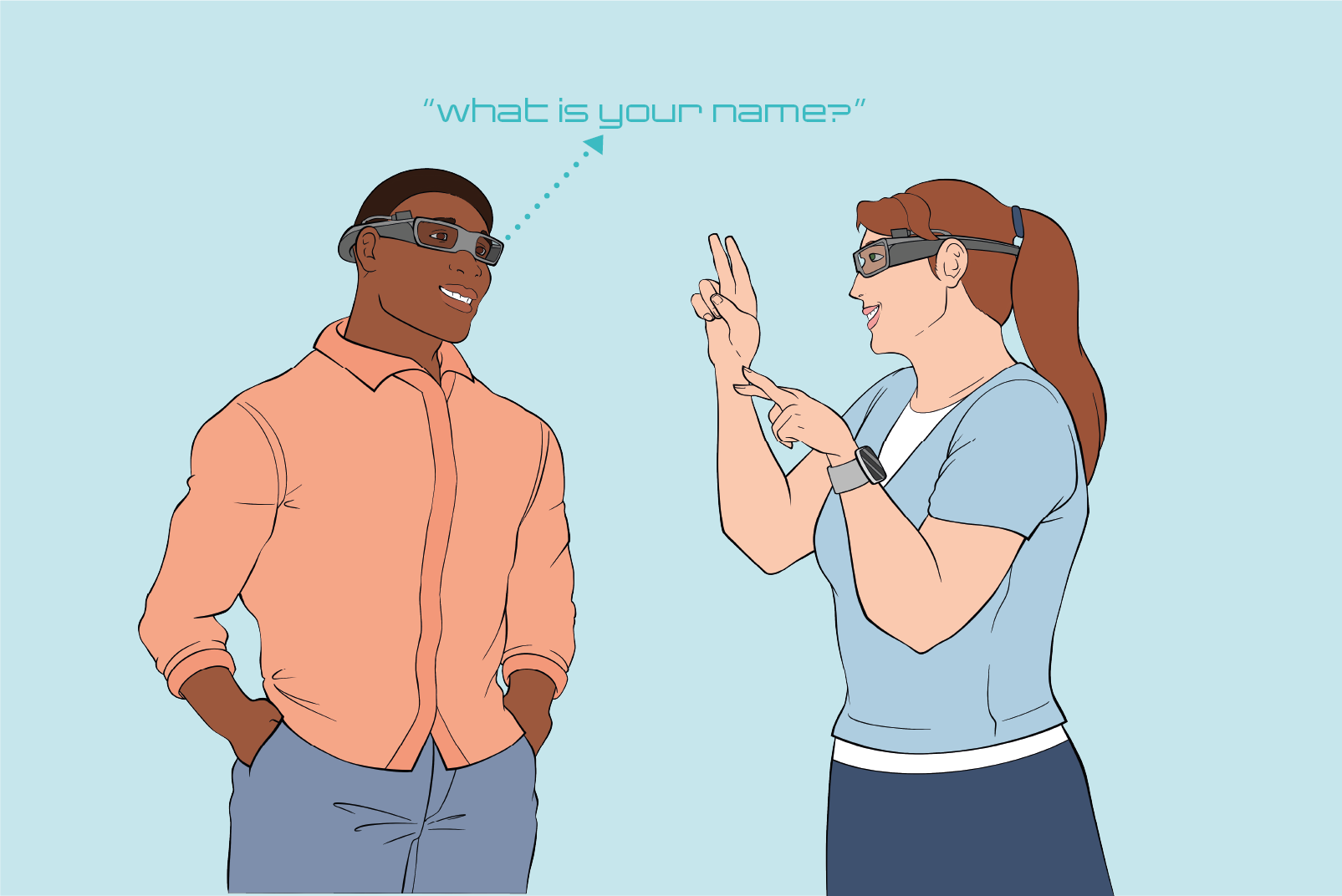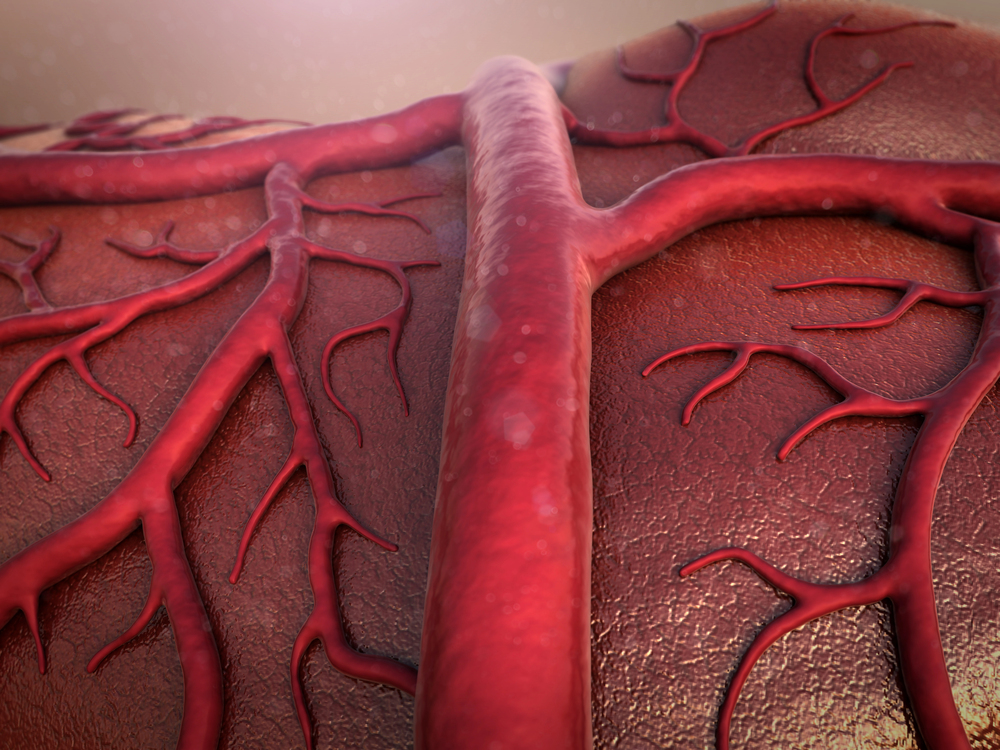Integrating Modelling and Machine Learning for Autonomous Robotics – Dr Paul Robertson, Dynamic Object Language Labs
Original Article Reference
This SciPod is a summary of the paper:
Share Episode
About this episode
Machine learning is rapidly advancing the decision-making capabilities of today’s computers, yet without an in-depth knowledge of the programming it involves, many engineers and researchers find current technology inaccessible. Dr Paul Robertson at Dynamic Object Language Labs (DOLL) in Massachusetts believes that a solution to the issue may have been hidden in plain sight: machine learning itself. His ideas have now culminated in ‘Pamela’: a universal, open-source language capable of modelling real-world systems, and building plans to overcome challenges. The language and its related tools could soon open up significant opportunities in the emerging field of artificial intelligence.
This work is licensed under a Creative Commons Attribution 4.0 International License. 
What does this mean?
Share: You can copy and redistribute the material in any medium or format
Adapt: You can change, and build upon the material for any purpose, even commercially.
Credit: You must give appropriate credit, provide a link to the license, and indicate if changes were made.
Related episodes
Dr Patrick O’Neill | Revolutionising Pharmaceutical Synthesis with Continuous Flow Chemistry
Dr Patrick O’Neill of Pfizer, Ireland, and Professor Jie Wu of the National University of Singapore, and their team, have made groundbreaking advancements in the synthesis of 1,2,3-triazole – a key building block in the manufacture of a life-saving antibiotic. Replacing traditional batch processes, they developed a safer, more efficient method using continuous flow chemistry, which addresses potential global supply chain vulnerabilities. This innovative approach eliminates hazardous intermediates, improves reaction safety, and ensures a stable supply of 1,2,3-triazole for global pharmaceutical production.
Dr Ramtin Zand | A Hybrid System for Real-Time Sign Language Translation
Neuromorphic computing is a powerful tool for identifying time-varying patterns, but is often less effective than some AI-based techniques for more complex tasks. Researchers at the iCAS Lab directed by Ramtin Zand at the University of South Carolina, work on an NSF CAREER project to show how the capabilities of neuromorphic systems could be improved by blending them with specialized machine learning systems, without sacrificing their impressive energy efficiency. Using their approach, the team aims to show how the gestures of American Sign Language could be instantly translated into written and spoken language.
Dr. Mingjun Xie | A Blueprint for Life: Creating Blood Vessels in Bioprinted Tissues
A future where injured or diseased organs can be removed and replaced with new lab-printed tissues that are customized specifically for each patient is not as far away as you might think. These functional and living tissues could grow naturally within the body, and repair and sustain themselves over time. While these concepts were once in the realm of science fiction, advances in bioprinting, which is a form of 3D printing using biological “inks” (known as bioinks) loaded with living cells, are bringing them closer to reality. Among the researchers advancing this field is Dr. Mingjun Xie of Zhejiang University, China, and colleagues, who are performing work that addresses a significant challenge in bioprinting. This involves creating large portions of tissues that have a functional vasculature, thereby mimicking the complexity of native tissues and organs.
Professor Christophe Ley | Spotting relationships in complex angular datasets
Data involving angles can be found across a diverse array of scientific fields, but so far, the mathematical tools used to study them have often proved insufficient to detect the complex relationships between different angles within large datasets. Through its research, a team consisting of Professor Christophe Ley and Sophia Loizidou from the University of Luxembourg, Professor Shogo Kato from the Institute of Statistical Mathematics in Tokyo, and Professor Kanti Mardia from the University of Leeds, has developed a new model which overcomes many of these challenges: allowing the researchers to study relationships between three angles at once, as well as mixtures of angles and classical measurements on the line.
Increase the impact of your research
• Good science communication helps people make informed decisions and motivates them to take appropriate and affirmative action.
• Good science communication encourages everyday people to be scientifically literate so that they can analyse the integrity and legitimacy of information.
• Good science communication encourages people into STEM-related fields of study and employment.
• Good public science communication fosters a community around research that includes both members of the public, policymakers and scientists.
• In a recent survey, 75% of people suggested they would prefer to listen to an interesting story than read it.
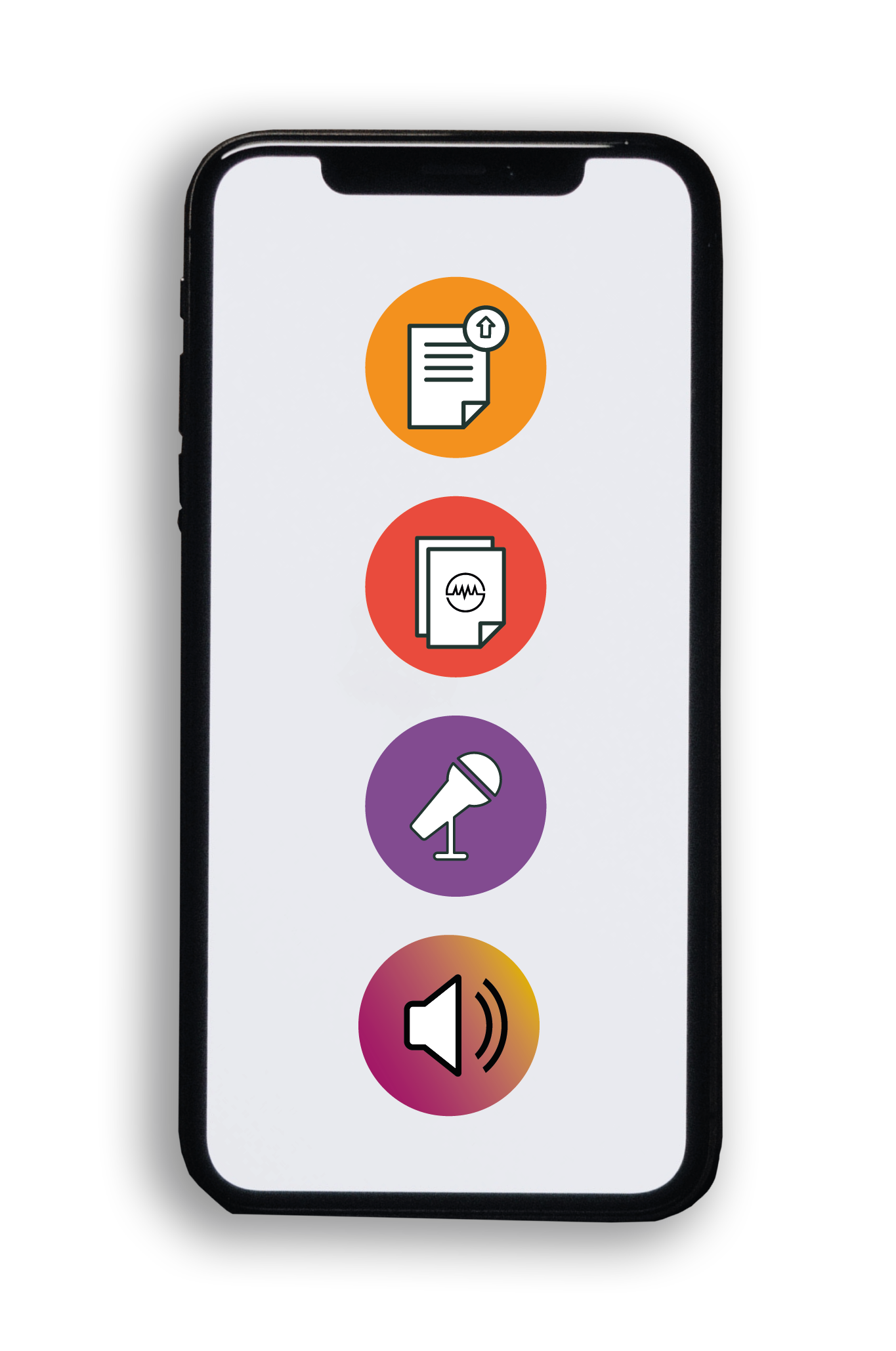
Step 1 Upload your science paper
Step 2 SciPod script written
Step 3 Voice audio recorded
Step 4 SciPod published
